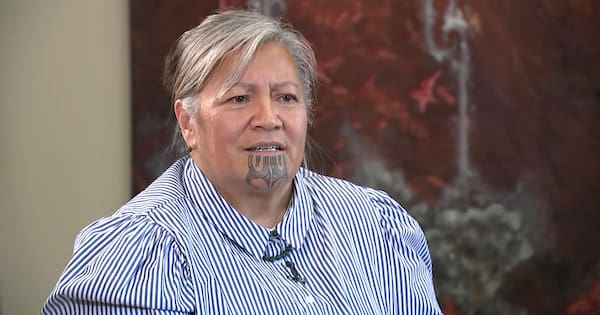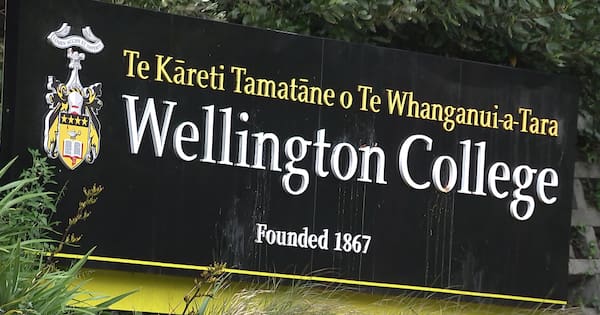The Education Ministry has canned a reader for junior children because it has too many Māori words, infuriating Te Akatea, the Māori Principals’ Association.
The association’s president Bruce Jepsen said the decision not to reprint At the Marae was racist and white supremacist.
The ministry told schools At the Marae, did not fit the sequence that young children were now taught to decode words using the structured literacy approach.
However, it had been re-sized into a “big book format” that teachers could use to read with pupils.
“The decision was guided by phonics sequencing and decoding suitability, rather than a defined word-count threshold,” the ministry told RNZ.
“Unlike other titles in the series, which typically include no more than three kupu Māori (excluding character names), At the Marae featured six different kupu Māori. While these words reflect everyday language used in classrooms and communities, the higher number presented decoding challenges within the phonics sequence used in the series.”
The ministry said decisions about reader suitability were made through “a collaborative review process involving literacy experts, educators, and cultural advisors”.
“This makes sure resources are developmentally appropriate, culturally responsive, and aligned with the principles of structured literacy.”
Jepsen told RNZ he did not accept the ministry’s reason for ceasing new prints of the book.
“It sounds like a real poor excuse for a really poor decision,” he said.
“Make no mistake, our members see this move as an act of white supremacy. It’s an act of racism. It’s a determined act to recolonize our education system, and it sends a very dangerous message and is immensely harmful and it’s utterly shameful.”

Jepsen said he had not had time to complain to the ministry about the decision because his phone would not stop ringing with calls from principals who were outraged and devastated by the news.
“Our members view this as a blatant attack on our language, dismissal of our culture, and an assault on our identity as Māori,” he said.
“Our members liken this decision to the introduction of the Education Ordinance Act of 1847 and the Native Schools Act of 1867. Both of these oppressive acts of colonisation sought to eradicate te reo Māori in schools, and we see the removal of books that carry our language as being exactly the same.”
Jepsen said books like At the Marae showed educators’ commitment to the Treaty of Waitangi and to an anti-racist, decolonising and equity-focused way of teaching.

A school principal and member of the Aotearoa Education Collective, Lynda Knight, said children used readers in group sessions, at home and for independent reading so they were likely to spend more time with those than with the “big book” versions.
She said At the Marae should be reprinted as a reader.
“The Māori words that are in the book are all very common words heard in New Zealand everyday life and our kids should know them,” she said.
They’re words like karanga, wharenui, koro, hongi and karakia and kai. So I struggle to actually understand why they would be too hard for children to read when they’re part of their lived experience anyway.”
rnz.co.nz









